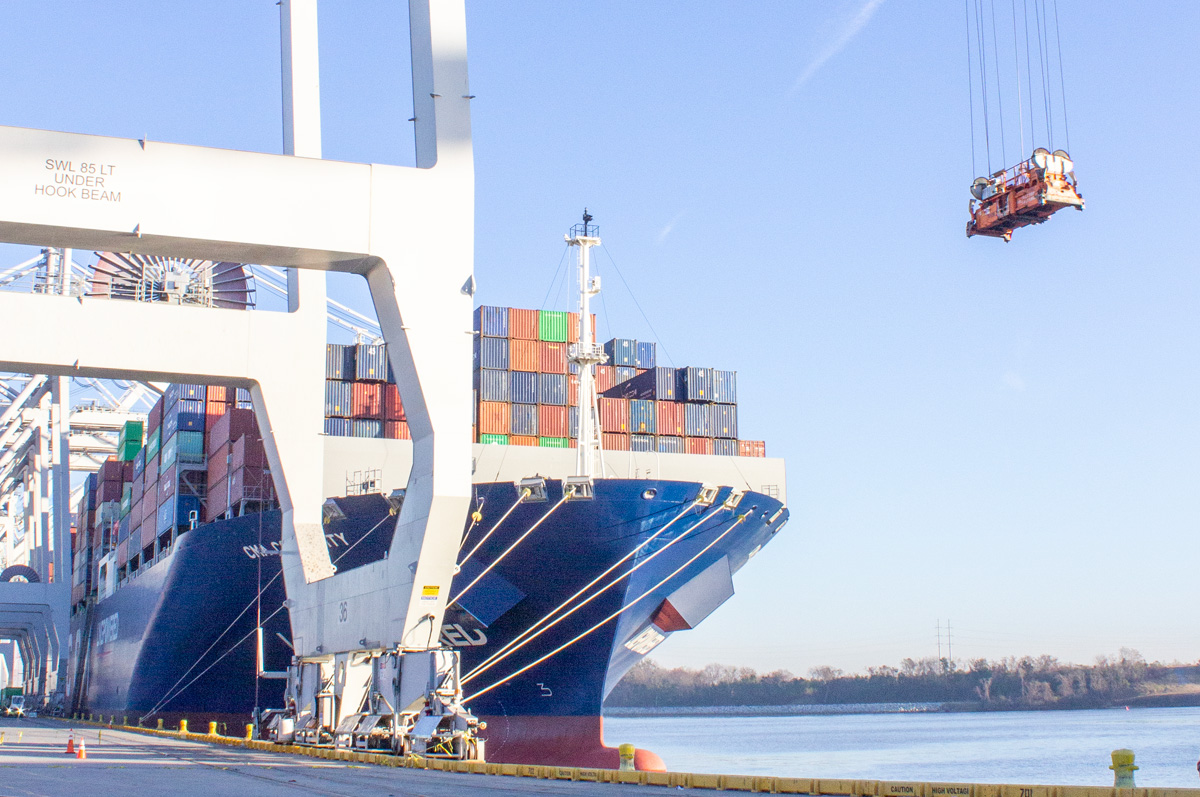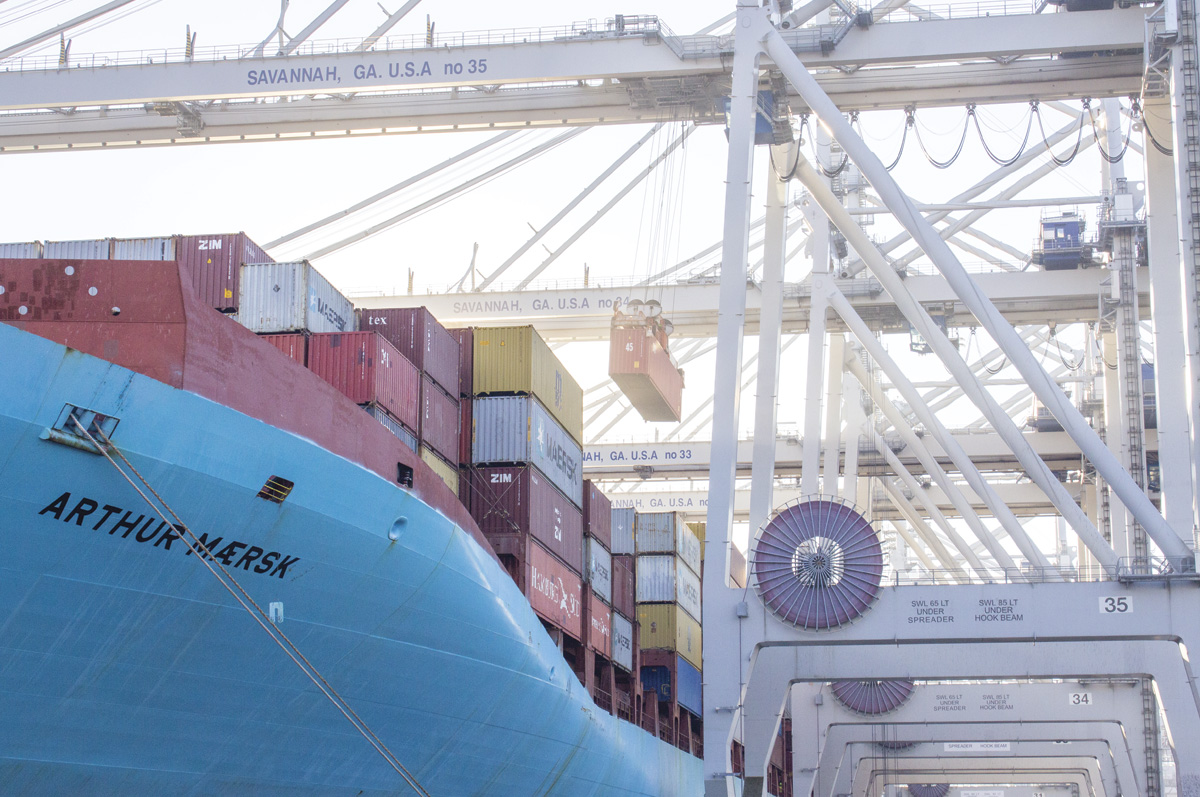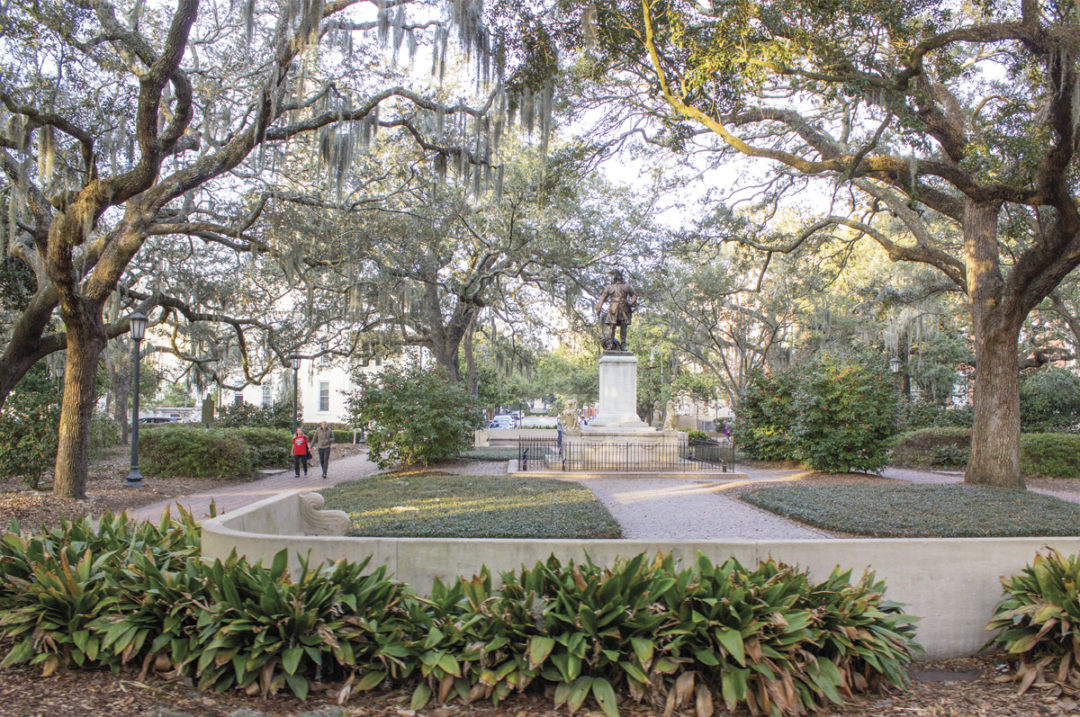Twenty-five miles inland from the Atlantic coast, along the Savannah River, you can still see the rise and fall of the ocean tide. Around 100 dairy producers and industry members gathered in Savannah, Georgia, Jan. 10-12, to learn from experts, other businesses and each other on how to operate in the ups and downs of today’s economy.
In the opening session of Managers Academy, hosted by the Professional Dairy Producers (PDPW), Dr. Ed Seifried led with the noticeably high tide of inflation.
The overall Consumer Price Index was up 7.1% in November compared to a year ago, which is much higher than the year-over-year rates of 0.8% to 2.3% seen in the last decade.
To fight this inflation and restrict economic growth, the Federal Reserve has increased interest rates.
“They actually want to slow your business down,” said Seifried, professor emeritus of economics and business at Lafayette College and dean of the West Virginia Banking School and the Virginia School of Banking.
Seifried anticipated the federal funds rate will climb to about 5.4% before the increases end. With the prime rate 3% higher, producers can expect interest rates of 8% to 9%.
Signs the interest rate increases will come to an end include a decrease in monthly inflation, a decrease in the unemployment rate and an increase in gross domestic product (GDP).
(Editor’s note: For more on Seifried’s economic analysis, read Interest rate hikes, inflation fight are just beginning).
In the face of these economic challenges, Dr. Allan Gray, executive director of Purdue’s Center for Food and Agricultural Business and the Digital Innovation in Agri-Food Systems Laboratory, urged attendees to develop a strategy for their business.
He began by posing three questions: Where are we? Where do we want to be? How are we going to get there?
Thinking three to five years out, attendees drafted 35-word strategy statements focused on their business’s objective, scope and advantage in the industry.
From there, they developed strategic goals and identified key performance indicators (KPIs) to strategically advance their business.
Day two of the three-day event was spent touring four companies that call Savannah home: Georgia Port Authority, JCB North America, Mitsubishi Power Americas Inc. and Old Savannah Tours.
Business strategy
The Georgia Port Authority grew from a niche export port to the third-largest port gateway in the U.S.
It moved close to 6 million 20-foot-equivalent (TEU) containers last year, compared to No. 1 Los Angeles/Long Beach at 20 million TEUs and No. 2 New York and New Jersey at 10 million TEUs.
 The Georgia Port Authority in Savannah, Georgia, grew from a niche export port to the third-largest port gateway in the U.S. Photo by Karen Lee.
The Georgia Port Authority in Savannah, Georgia, grew from a niche export port to the third-largest port gateway in the U.S. Photo by Karen Lee.
Whereas the other ports don’t have land to expand, the Georgia port sits on about 1,500 acres and plans to use this scalability to continue to grow the facility.
The port recognizes it is in the business of moving freight, not storing it. In the 17 hours a day it is open, they do 15,000 truck transactions.
With 20% of freight moving in and out via rail, one of their KPIs is ship to rail in 24 to 48 hours. They also opened inland ports using their own equipment and employees to enhance the direct rail connections to the port.
 Recognizing they are in the business of moving things, the Georgia Port Authority has a target of 24 to 48 hours to move containers from ship to rail. Photo by Karen Lee.
Recognizing they are in the business of moving things, the Georgia Port Authority has a target of 24 to 48 hours to move containers from ship to rail. Photo by Karen Lee.
Proximity to the port is why JCB, the world’s largest privately owned equipment company, selected Savannah for its North American headquarters.
Formed in 1945 by Joseph Cyril Bamford, who built agricultural tipping trailers from disassembled air raid shelters in the United Kingdom, the company now manufactures 350 agricultural, construction and industrial machines.
Agriculture makes up 20% of the company’s global business. In that space, it focuses on building equipment specific to materials handling.
 With a focus on materials handling and safety, JCB developed a side-entry skid loader with a single-arm telescopic boom. Photo by Karen Lee.
With a focus on materials handling and safety, JCB developed a side-entry skid loader with a single-arm telescopic boom. Photo by Karen Lee.
Mitsubishi Power also selected Savannah due to its proximity to the port and rail.
This facility builds and repairs gas and steam turbines and their components for power plants throughout the world, focusing primarily on the Western Hemisphere.
The turbines weigh 400 tons when fully assembled and leave the manufacturing plant on specialized rail cars.
Long-term service agreements have led to service work accounting for 40% of the work they do. The agreements with the power companies have the rotors returned for service and soundness check every 10 years or 100,000 hours of use. A full teardown and repair can take at least three months to complete.
Old Savannah Tours is the only locally owned tour company in the city. Savannah is home to the largest historic district in the U.S., which covers 2.2 square miles of houses, parks, churches, cemeteries and large canopy live oak trees.
Started in 1979 by a retired schoolteacher, the company has changed over time to offer several different services in a city where the second-largest industry is tourism.
They started with and continue to operate open air trolley tours throughout the historic district. The tour guides research and write their own scripts. With varying information and personalities, visitors can receive different tour experiences.
When visitors were asking for more than a tour and needing an experience they could record and put on social media, the company recruited actors to dress as historical figures to come aboard at different trolley stops and share a story. They also began offering ghost tours and a Paula Deen tour to appeal to more interests.
They partnered with hotels to take over the concierge desk, offering to book travel experiences including their own tours, and are now in 15 hotels.
They also offer group services and help with booking meeting venues, meals, transportation and tours – whatever a group might require while visiting the city.
In total, they operate 65 vehicles, including airport transfers, an area of the business that helps in the slower months.
Workforce
Finding labor is a challenge for all the businesses. The unemployment rate in Savannah is 2.5%, less than the national rate of 3.5%.
Each company takes a different approach to find and retain employees.
At the Georgia Port Authority, they hired an individual whose sole responsibility is to think about and attract workers.
Through the pandemic, they learned to be more flexible in offering remote work for the positions where it was possible and being more flexible with individuals’ hours.
With tourism taking a big hit with COVID, Old Savannah Tours ended up reducing wages for a time, but then rewarded employees when the business came back.
Their team members speak highly of the company’s culture. They look out for each other and are provided a high level of trust to do their jobs.
At JCB, they recognize without a team of empowered and motivated people, nothing else really matters.
They recruit at high schools and offer to sponsor education at a technical or four-year degree program while providing a hands-on work experience. This program started 10 years ago with five students, and now they have 42 participants.
More recently, they launched a work-based study program with high schools where students attend school for half a day and then work for half a day.
A diesel tech apprenticeship program is offered to help get more trained service technicians around the country and closer to their dealers.
Following the pandemic, they began trialing the H2B program through the Department of Labor, with international workers coming in to work for a year.
Bridging it together
On the final day of the event, Dr. David Kohl, professor emeritus of agricultural finance and small business management and entrepreneurship at Virginia Tech, helped recap the lessons from the tours and recommended ways to better position a business in these challenging times.
“The biggest opportunity in agriculture is not size, enterprise or the next big thing,” Kohl said. “It is doing a lot of little things 5 percent better.”
There are many uncontrollable factors, such as a strong dollar inhibiting exports, the war in Ukraine disrupting trade, China – our No. 1 trade partner – in a growth recession, droughts in the Mississippi River and Argentina affecting grain prices, and energy policy.
“We are in the disruptor era and need to think differently,” Kohl said.
He anticipated the inflated costs and interest rates will stay through 2024-25 before coming down.
To weather this, producers should fine-tune their risk management plan, know their cost of production and the cost by product/enterprise.
Kohl recommended to prepare a cash budget/cash flow and test it for financial sensitivity of a 10% decline in revenue, 10% increase in expenses and 4% increase in interest rates. Then monitor cash flows weekly and find more financial liquidity and working capital by restructuring loans and selling off assets that no longer serve a purpose.
Learning from other businesses, gaining a better understanding of economic indicators and identifying a good business strategy are all ways to strengthen a farm business for the high and low times in the economy.







